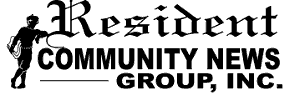The Way We Were: Mary Georgia Roman
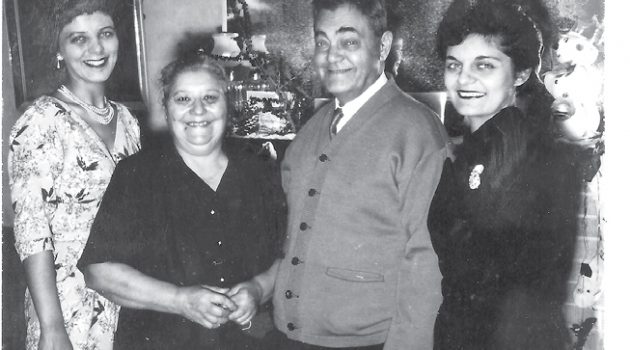
Mary Georgia Roman, 90, delights in describing her life in St. Nicholas, growing up as a first-generation American child born to Greek immigrants who proudly became U.S. citizens. Her joyful recall of her South Shores neighborhood, events within the Greek families and their close ties to St. John The Divine Greek Orthodox Church is astonishing. She […]
The Way We Were: John and Patsy Gaillard
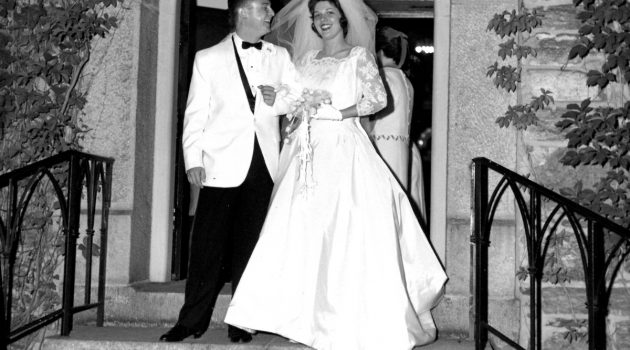
The Northeast Florida roots of Jack Gaillard’s family are deep, extending from Springfield to Riverside to Ortega, where the most recent three of eight Gaillard generations make their home. Sixth-generation Northeast Florida native John “Jack” Gaillard, was born in Riverside in 1934, but his family home was on Princeton Avenue in Ortega. Both his parents, […]
The Way We Were: Rutledge Liles
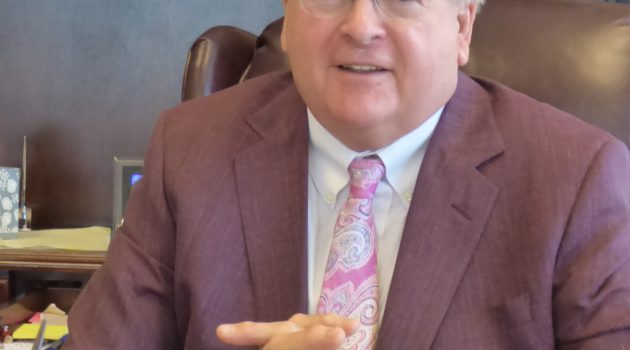
Rutledge Liles could have had a career in modeling or acting, but the San Jose native doesn’t regret choosing a college education over the opportunity to be in an Elvis Presley movie. Had it panned out, that would have been his second encounter with “The King.” “I was walking down Ocean Street waiting for my […]
The Way We Were: Richard G. Skinner, Jr., M.D.
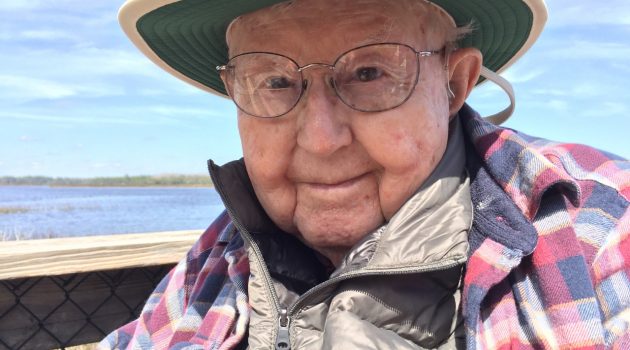
Dr. Richard G. Skinner, Jr., was born in 1921 and may be 95, but he clearly remembers growing up in his family home at 3585 Pine Street in Avondale. He lived there with his parents, Richard Greene Skinner, Sr., his mother Annie Mae Bryan Skinner, his brother Bryant and late sister Dorothy. His father worked […]
The Way We Were: The Cannon Siblings
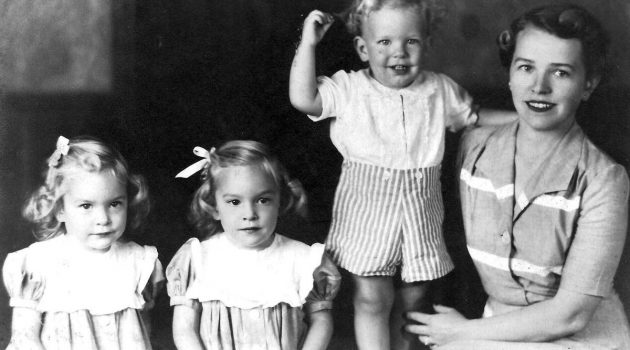
For Linden Kinder “Kin” Cannon, III and his identical twin sisters Linda Cannon McMorrow and Selby Cannon Kaiser, the fact that they, their spouses, several children and grandchildren mostly live within the San Jose area hints at the closeness of this family. For these constantly moving military kids, nurturing family relationships, spending time together and […]
The Way We Were: James & Lee-Margaret Borland
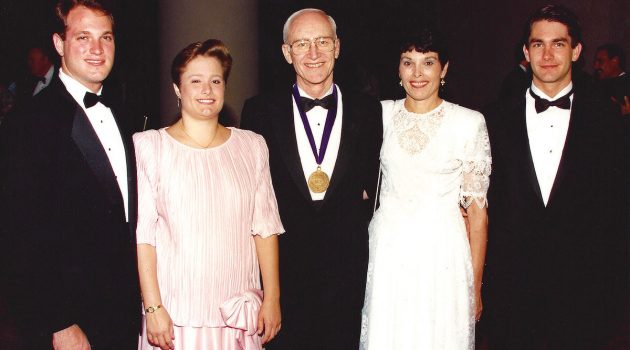
For more than five decades, a prominent Jacksonville gastroenterologist and a nurse-turned-professional photographer have explored the world together, but James and Lee-Margaret Borland said they have one more continent to conquer. Although he turns 84 in November and they celebrate their 56th wedding anniversary in December, asked what they still might like to do in […]
The Way We Were: Dorothy Surrency Rosenbloom
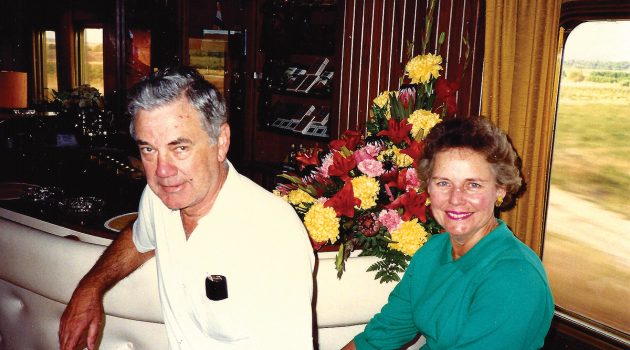
If you were limited to choosing just one word to describe Dorothy Ann “Dot” Surrency Rosenbloom, chances are “longevity” would be the word. Dot Rosenbloom’s long life has been full of long-lived relationships, beginning with her grade school friendship with the boy who would become her husband of 67 years. The 88-year-old Ortega resident was […]
The Way We Were: Helen Peltz Diamond
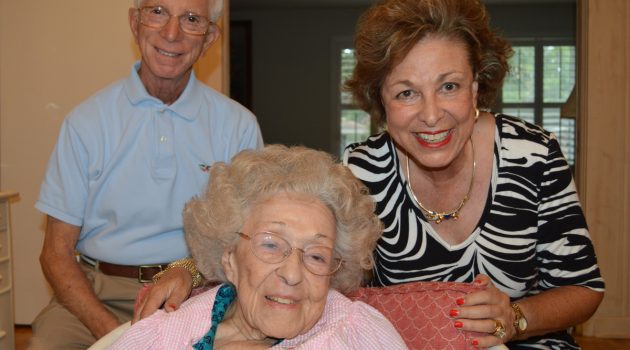
A “firecracker baby” who was born on the Fourth of July more than 100 years ago, Helen Peltz Diamond has seen more Independence Day celebrations than she may care to mention. This year, however, may have been a celebration for the ages. Knowing Diamond had surpassed her centennial year, more than 100 of her neighbors […]

